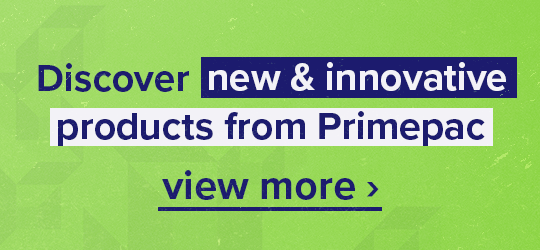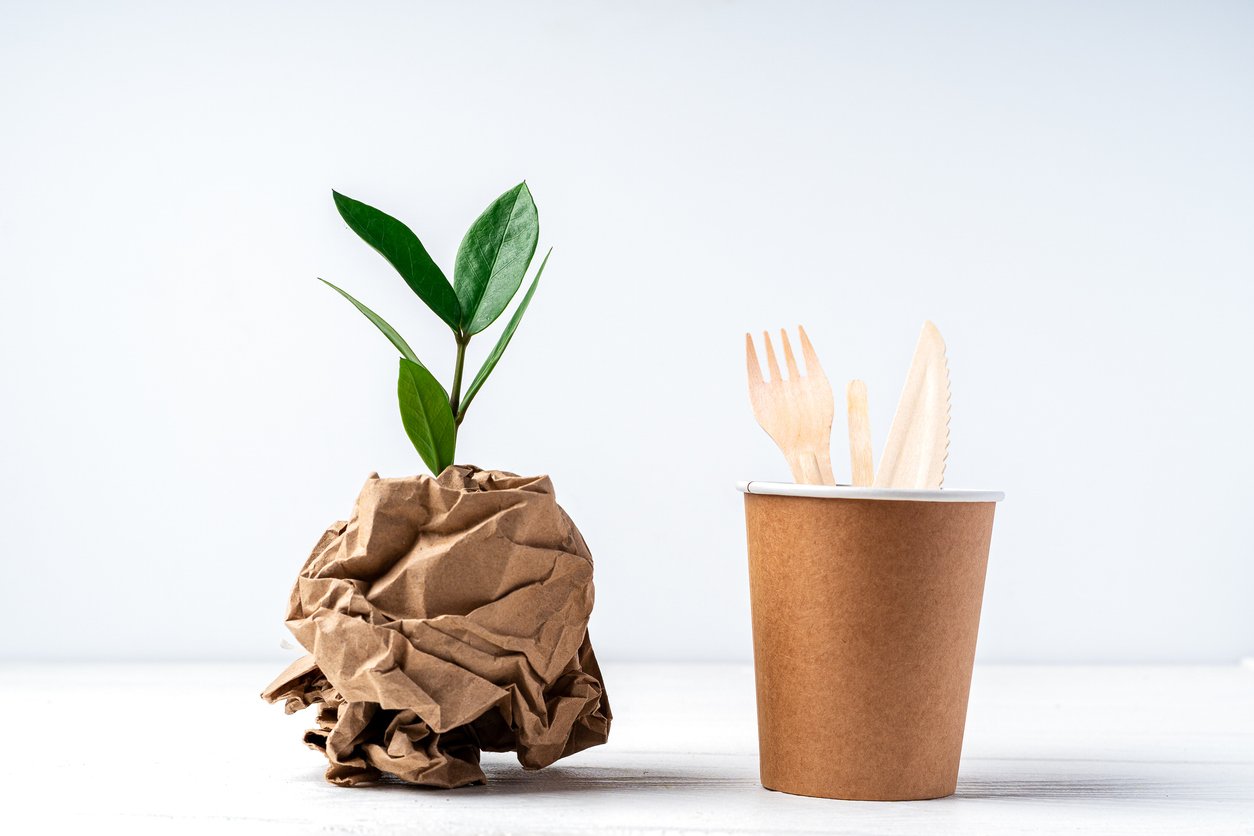
Innovations in eco-friendly packaging have come a long way in recent years as single-use items become less popular with customers and businesses alike, due to the environmental damage they cause. That leaves business owners like you with a decision to make, which sustainable packaging alternative is best for you? We have put together some tips below which will help you understand the range of options you can choose from.
Sustainability terms
There are a few definitions to keep in mind when choosing a sustainable packaging product – some of which you may have seen already when making an online packaging purchase. Before we dive into the differences between recyclable, biodegradable and compostable packaging, it’s important to understand the following packaging terms and definitions, in relation to sustainability.
Sustainable
Sustainability means having practices in place that ensure the environment is protected and cared for now, and into the future. This is often a moving target and it can be worth checking out these guidelines which will help give your business the best chance of keeping up.
Organic
Organic products must meet a set of official standards and will minimise any input from external factors. Generally, they must not have any contact or involve the use of artificial factors like pesticides, fertilisers or other unnatural substances.
Single-use plastic
This is used to describe plastic items that are designed to only be used once. Many businesses are trying to eliminate these from their processes to reduce landfill waste. Some common examples include straws, cutlery and plastic bags.
Degradable
For a product to ‘degrade’ this simply means that it breaks down into separate simple components. Whether those components are natural, artificial or otherwise is not established. If you are wanting to reassure your customers of your sustainability, look into compostable or biodegradable products specifically.
The differences between recyclable, biodegradable and compostable packaging explained
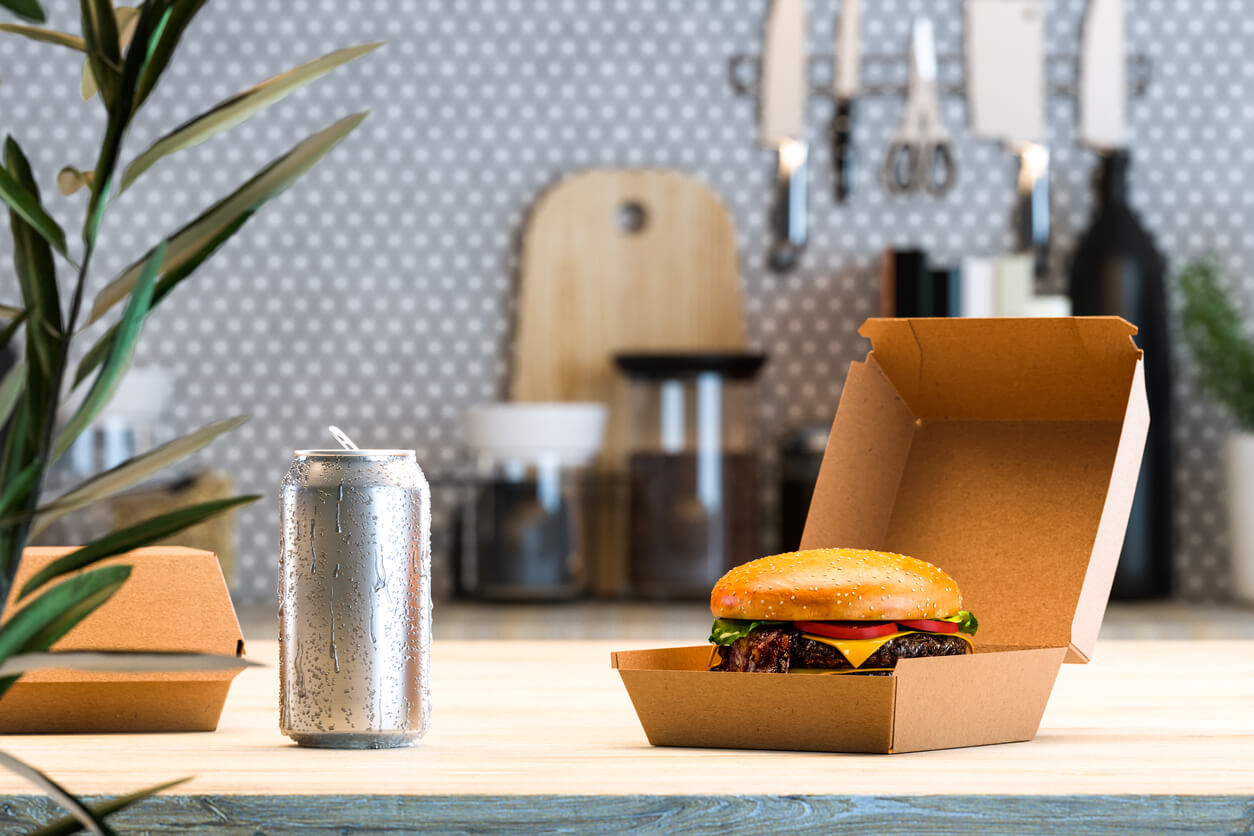
If you are reading this blog then it is highly likely that you are invested in finding more sustainable processes for your business, like the types of packaging you use. Many businesses are moving away from single-use items that will only end up in landfill, and instead are researching the sustainable packaging options available to them.
The most popular types of sustainable packaging are recyclable, biodegradable and compostable packaging. Here we outline exactly what these types of packaging are, and how they differ from each other.
Compostable packaging
The term ‘compostable’ means that a product consists only of organic matter and can be broken down by natural microbes to leave only Carbon Dioxide, inorganic compounds, biomass and water. In the right conditions, the composting process will take a few weeks to a few months to complete and the product can generally return to natural environments safely. For the process to work, the conditions must be warm, full of active bacteria, moist and oxygenated.
It’s important to note that compostable products will not degrade in the ocean or landfills because the conditions aren’t appropriate. In fact, many compostable products will only break down in commercial composting centres, and not a typical home compost bin. For these products, it is important to read the labels and dispose of them appropriately with a commercial compost service. Initiatives like this are increasingly available, but unfortunately not local to everyone. You might want to consider alternative choices if your customers are not within reach of a composting facility.
Compostable packaging can come in a range of sizes, shapes and applications. Some options are made with fibrous materials like paper, cardboard, sugarcane, starch, cellulose and soy protein. Others are made with a combination of plants and petroleum. Usually, petroleum-based products require industrial composting facilities and won’t be suitable for home composting.
Biodegradable packaging
Unlike compostables, biodegradable products don’t require oxygen to break down and therefore don’t need to be processed in a composting facility. Because of this, they can take much longer to degrade than composted products, however far less than the time it takes for conventional plastics. Similarly to composting, biodegradable products will break down into carbon dioxide, water, and biomass, which means it's much kinder on the environment than commonly used plastics that fill our landfills and oceans.
Some common types of biodegradable packaging include takeaway food containers, cups, cutlery and bags. For many industries it is impossible to eliminate single-use items, but with biodegradable options, single-use products can break down hundreds of years sooner than when they were made of plastic.
Recyclable packaging
Put simply, recycling means treating and processing items to be reused or repurposed. If done correctly, products can be converted into new products or reprocessed into resources for re-manufacture. Due to our size in New Zealand, most plastic, paper and metal materials are processed overseas. If you want to know where your recycled products end up, we recommend digging a little deeper into the New Zealand recycling process.
You can recycle materials like:
- Glass
- Paper
- Metal
- Plastic
- Textiles
- Electronics
Recycling responsibly
The most important thing to remember when recycling is to follow the official guidelines. The process is always evolving, and you can keep up with the changes here. Key recycling practices include:
- Rinsing all plastic, glass and metal containers thoroughly. Any leftovers or oily residues will cause problems in the processing plant.
- Separating all recyclables into the right bins. Many councils have separate bins for glass.
- Seeing the relevant symbols on the packaging, and therefore knowing what to do with it.
- Wherever possible, opting for products with less packaging, and biodegradable or compostable options.
For storing food or other consumables, recyclables are often a top choice. This can include anything from cleaning products to cooking oil to cosmetics.
Sustainable packaging products
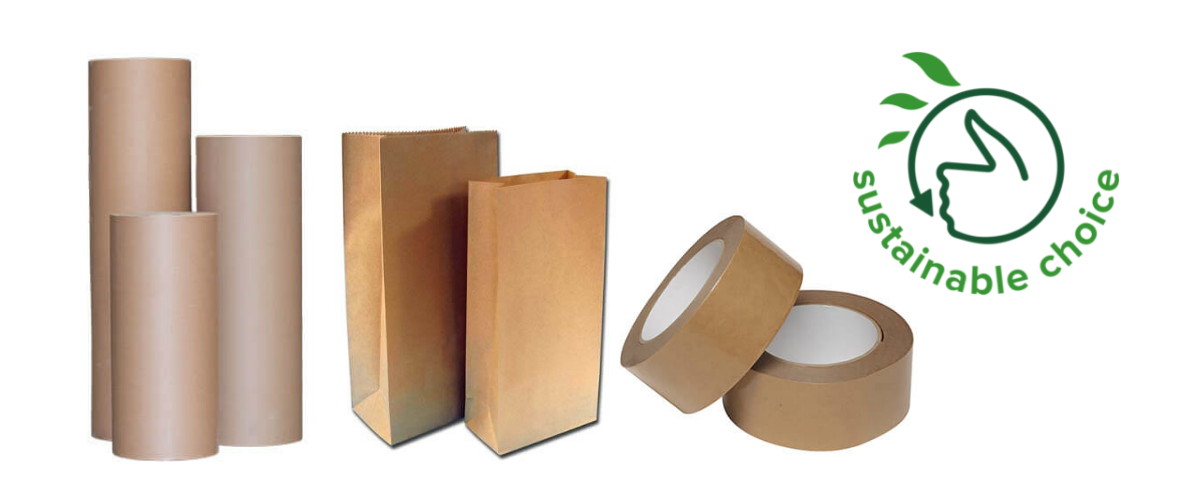
Every business has its own unique products to package, and getting it right is crucial to ensuring product excellence and consumer buy in. Fortunately, there are plenty of innovative sustainable products to package whatever your business sells. You’ll be able to find a packaging product to meet every need – at Primepac we offer:
- Sustainable retail bags
- Paper Bags
- Compostable courier bags
- Kraft mailer bags
- Cardboard cartons
- Paper void fill
- Eco bubble wrap
- Paper packaging tape
Reassuring your customers that your processes are sustainable goes a long way. Whether at the initial purchase, delivery or disposal phase of their purchasing journey, they want to know exactly what type of materials they are dealing with. That’s why we developed our ‘Sustainable Choice’ logo. This eye-catching logo makes it quick and easy to identify which of our products are environmentally conscious, which will give you and your customers peace of mind that you’re doing your part for the planet.
To keep up with customer demands and changing environmental laws, organisations need to understand their role in the sustainability movement. No matter the industry, businesses must keep up with changing restrictions on single-use plastics, and provide the best solutions possible. The various buzzwords that have exploded in the sustainability movement have left many of us overwhelmed and uncertain. However, knowing the difference between compostable, biodegradable and recyclable, puts you in the driver's seat to make the most informed decision for your products. If you can offer your customers the most effective and considered packaging, they are more likely to keep coming back.
To find out more about your options, download our Sustainable Supplies catalogue today.



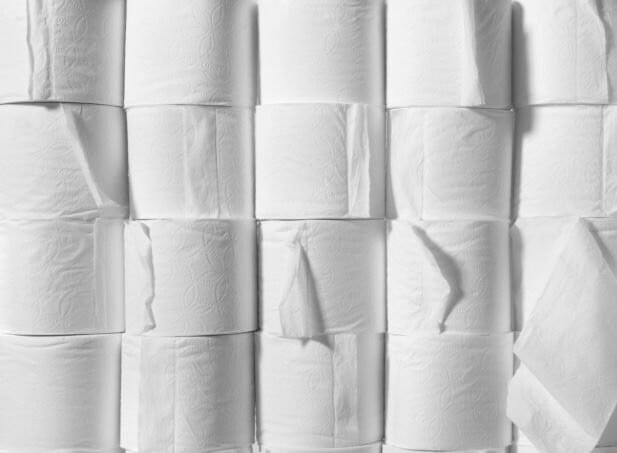
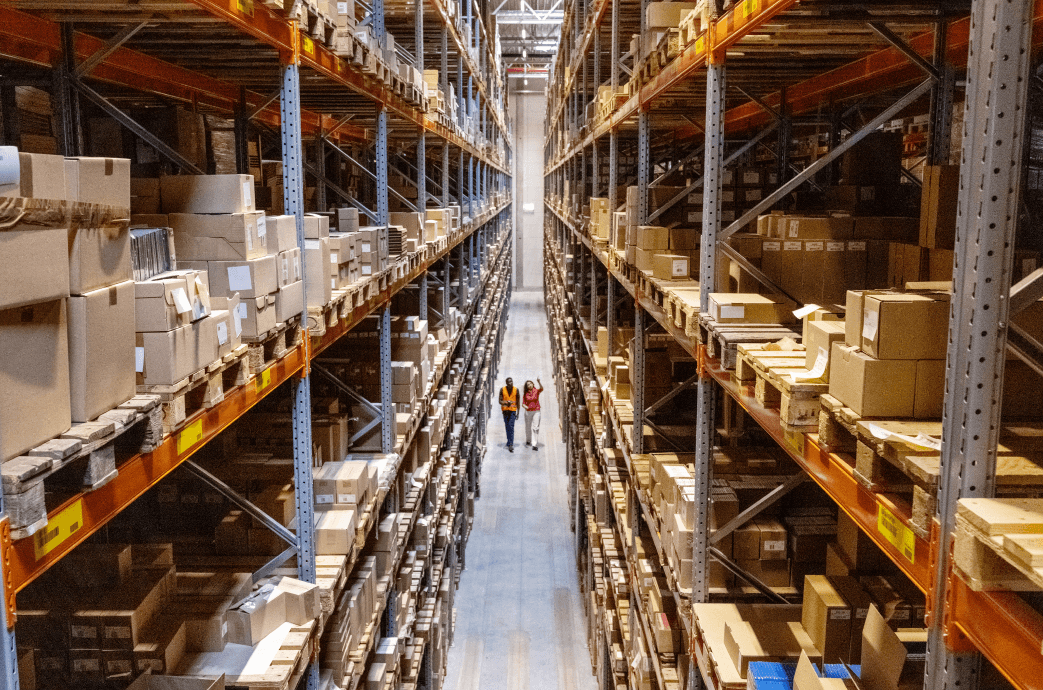
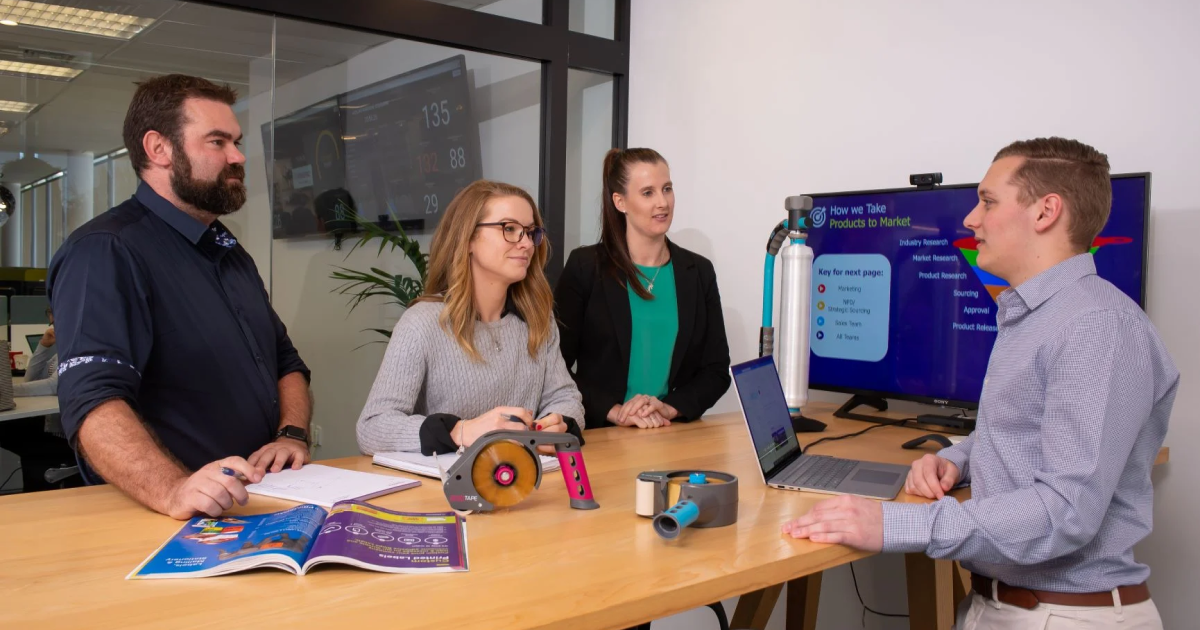
.png)
